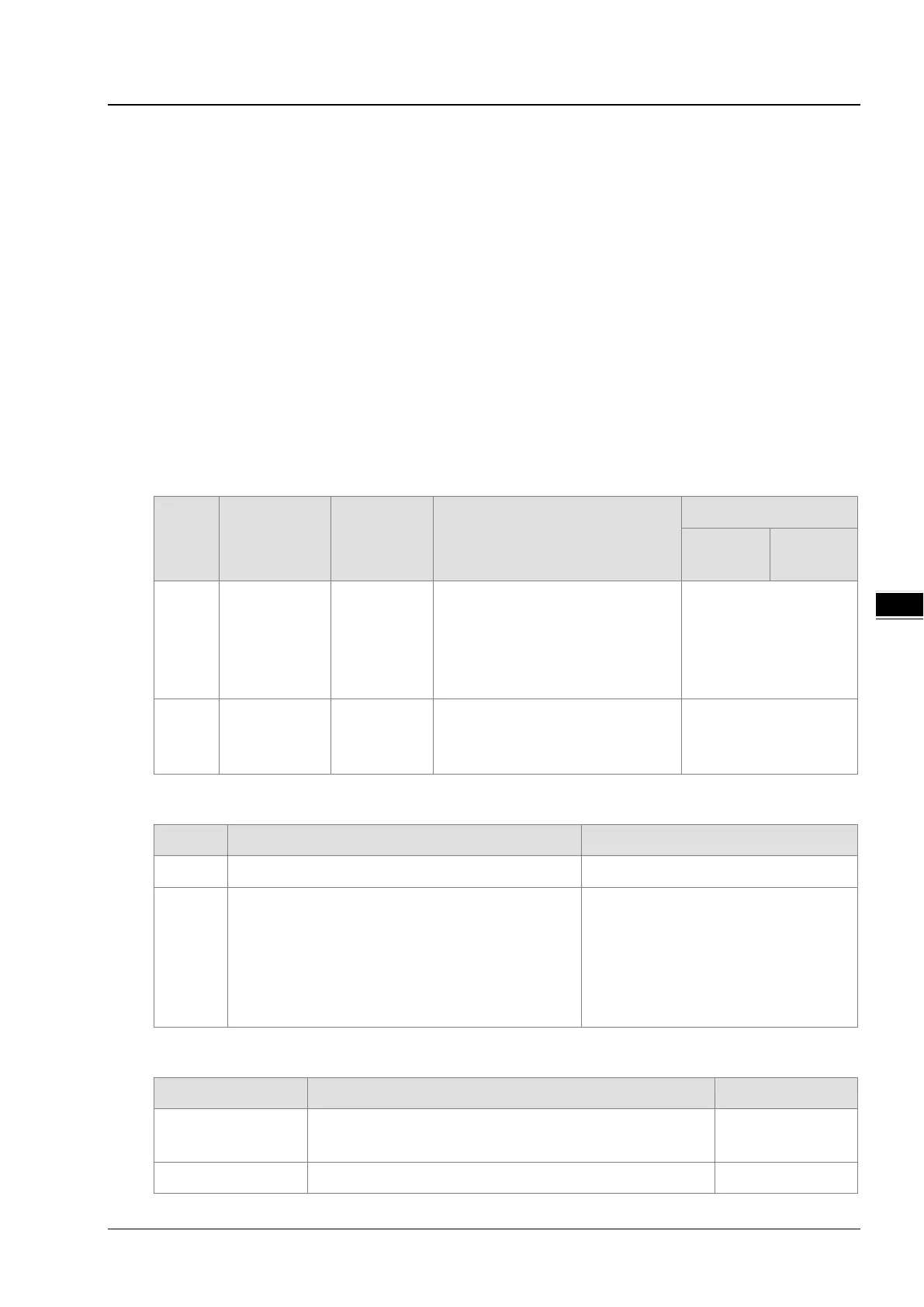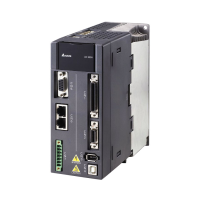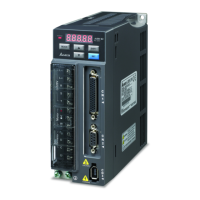Appendix 3. Operating Principles of the CPU Module
A-9
A.3.2 Operating Modes of the CPU Module
Operating Modes
There are two operating modes. They can be used to control a user program and all tasks.
STOP mode: A program is not executed under this mode. Users can download a module table, initialize CPU
configuration and other setting, download a program, check a program, and force a bit ON/OFF.
RUN mode: A program is executed under this mode. Users can not download a module table, and initialize CPU
configuration and other setting.
Statuses and Operation under Different Operating Mode
The STOP mode and the RUN mode are modes for a CPU module. The statuses and operation under these modes are
listed below.
Basic operation
CPU
mode
Program
I/O
refreshing
External output
Non-
Latched
STOP
The execution
of the program
stops.
The I/O
refreshing is
executed.
OFF (If users set the I/O module so
that the final state of the external
output on the I/O module is retained,
the final state of the external output
on the I/O module will be retained.)
The data in the program
memories are retained.
RUN
The program is
executed.
The I/O
refreshing is
The external output is controlled by
the program.
The program memories
are controlled by the
Relation between the operating modes and the tasks
The execution of the loop task stops.
The execution of the interrupt task stops.
RUN
The tasks which have not been executed are in
the halt state.
If a task is active, or the instruction TKON is
executed, the task is executed.
If a task is not active, or the instruction TKOFF is
executed, the task is not executed.
If the condition of the interrupt is met, the
task is executed.
Relation between the change of the modes and the program memory
STOP→RUN
Whether the data is cleared or retained depends on user’s
The data is retained.
